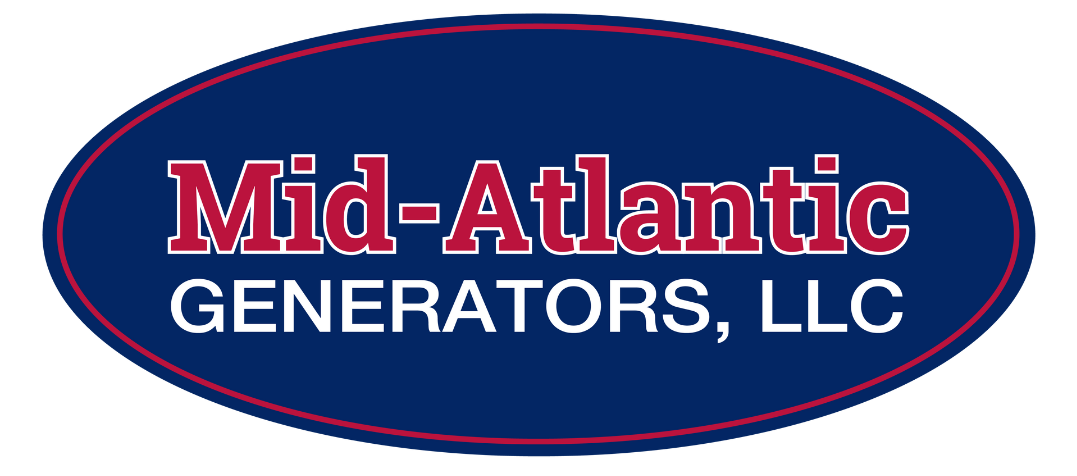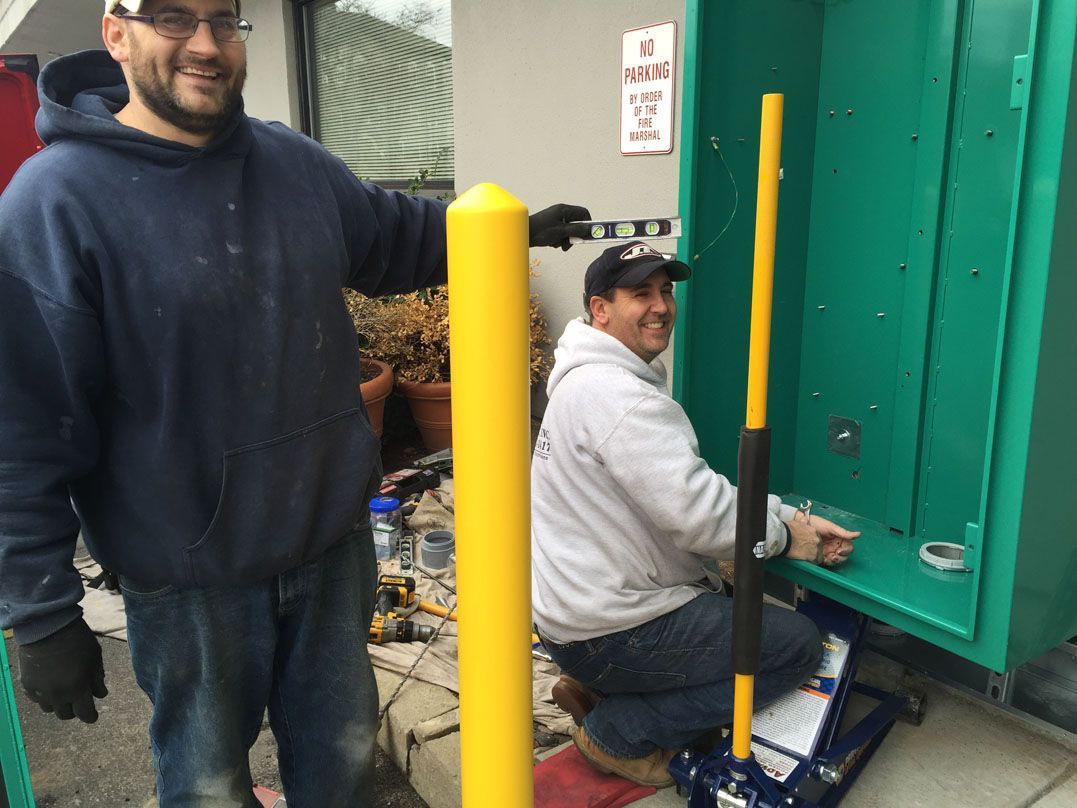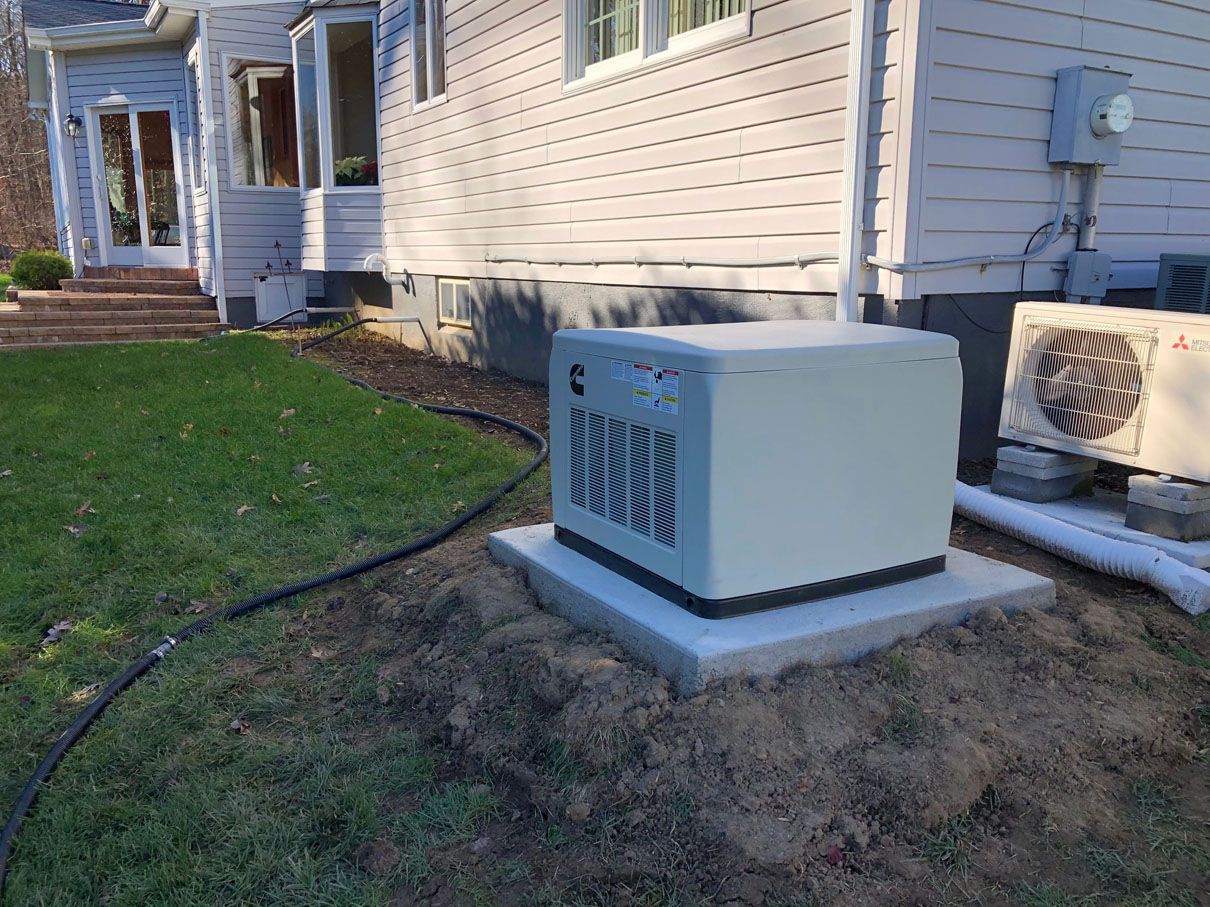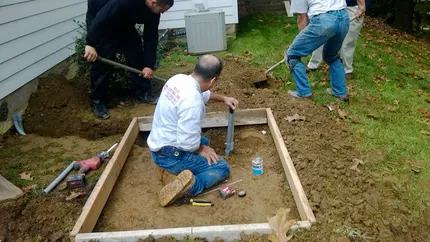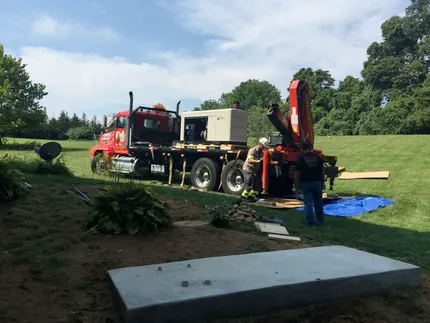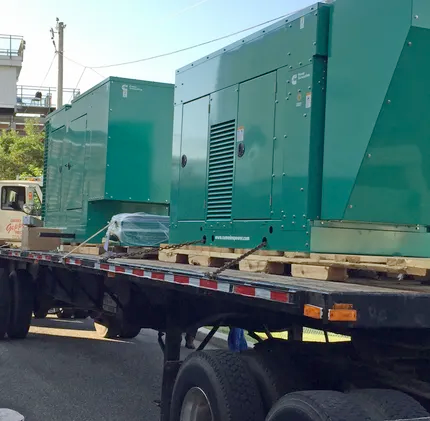Maximize Seasonal Power Efficiency | Mid-Atlantic Generators
Many times, we receive calls from customers to correct or replace a generator due to poor installation by another company. The 'great deal' or savings they thought they received were compromised by a faulty installation, resulting in problems. Below are some examples.
Advanced Power Generation does not take shortcuts. All of our work strictly adheres to safety codes, ensuring long-lasting equipment. Will you pay a little more for our services? Possibly, but you'll save in the long run. We stand behind our work.
In the photo to the right, the generator is improperly supported, positioned too close to the house and windows (5 feet clearance required by code). Upon closer inspection, we observed that the base was collapsing, causing the shrouding inside to bend and preventing the lid from latching. There is a gap between the base and the housing that should be flush.
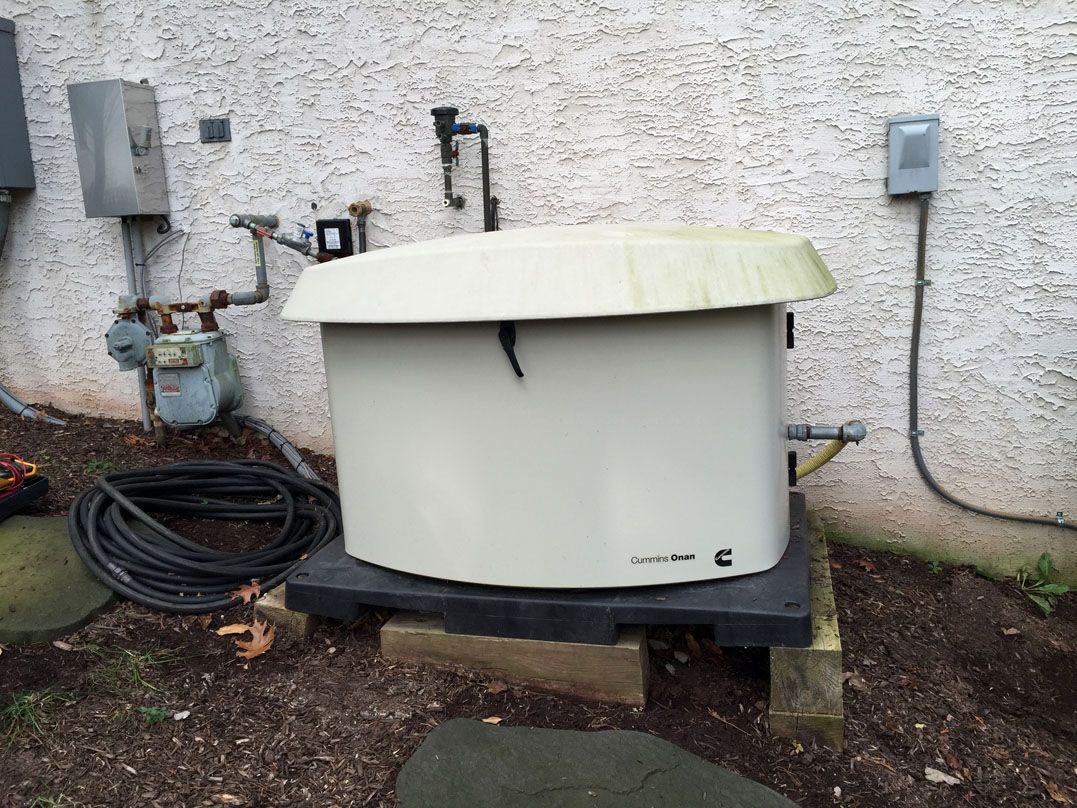
Slide title
Write your caption hereButton
The photos to the right show how close the generator is to the house. The engine exhaust, which emits carbon monoxide, exits from the back of the generator. They also illustrate that the gas line was improperly installed: wrong material used, lack of support, absence of a drip leg, too close to the gas meter, and no UL listed flex.
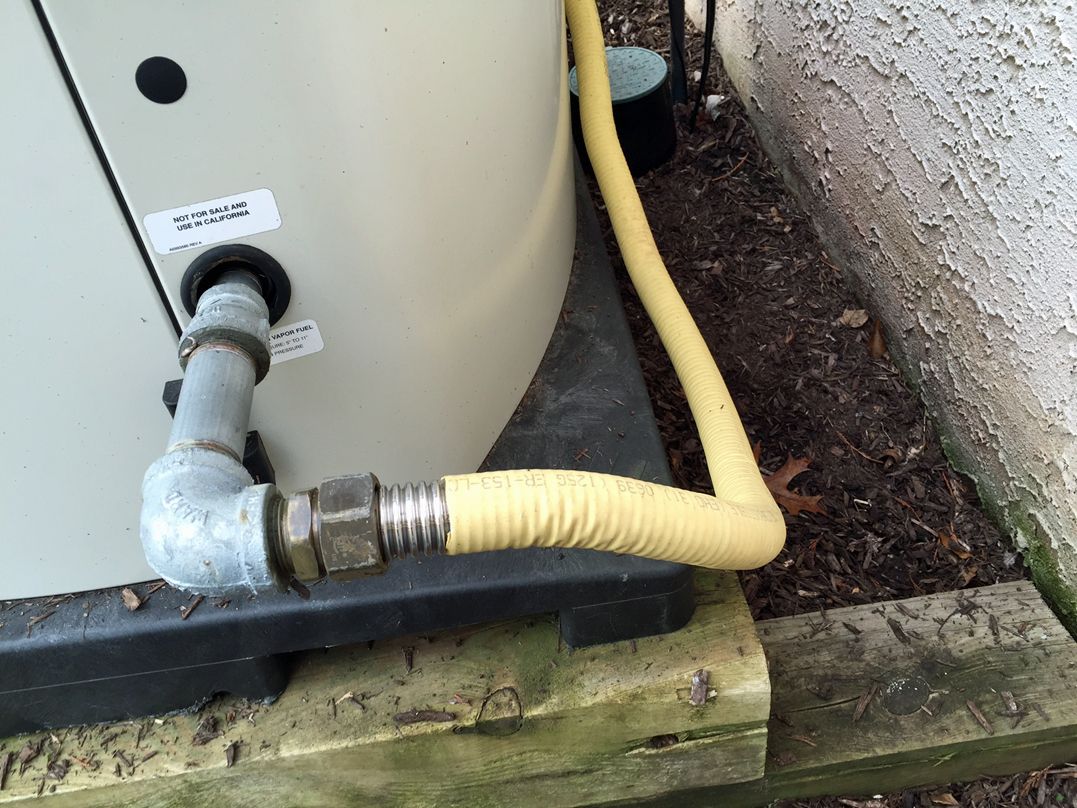
Slide title
Write your caption hereButton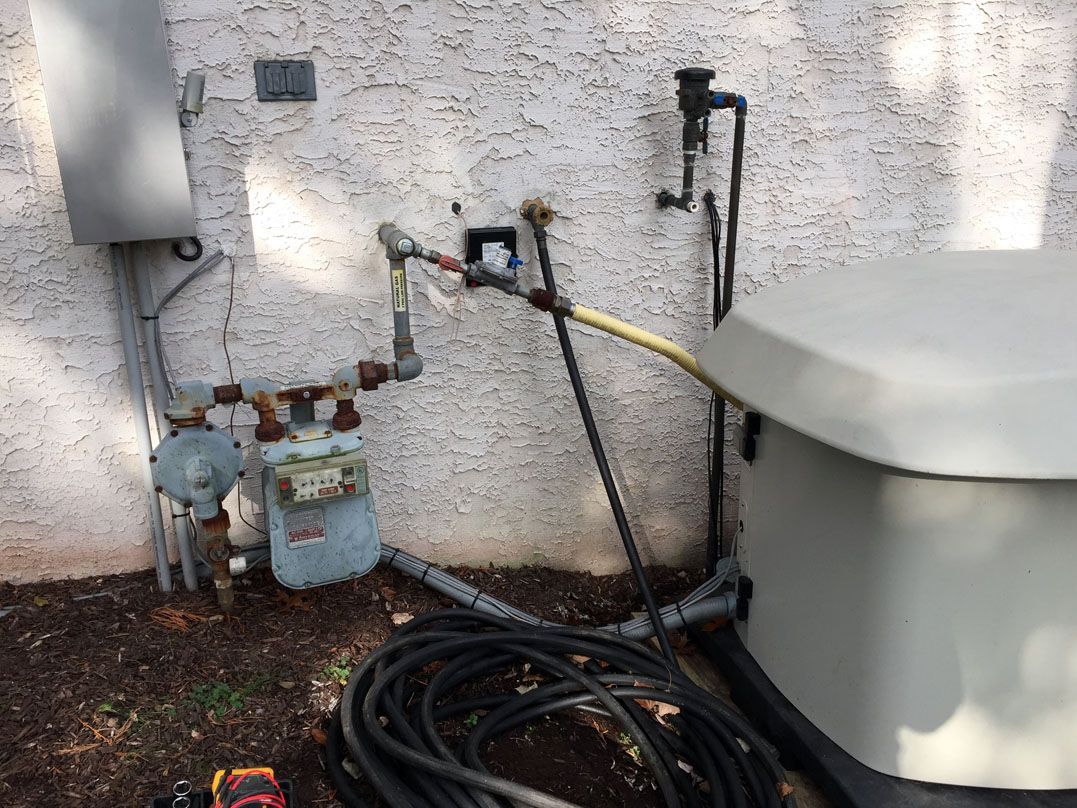
Slide title
Write your caption hereButton
What the pictures do not show is how improperly the wiring was done. The electrical part of this installation does not meet code and is unsafe. Despite being the lower-priced option, no part of the installation was done correctly. This is unsafe and irresponsible work from a listed dealer.
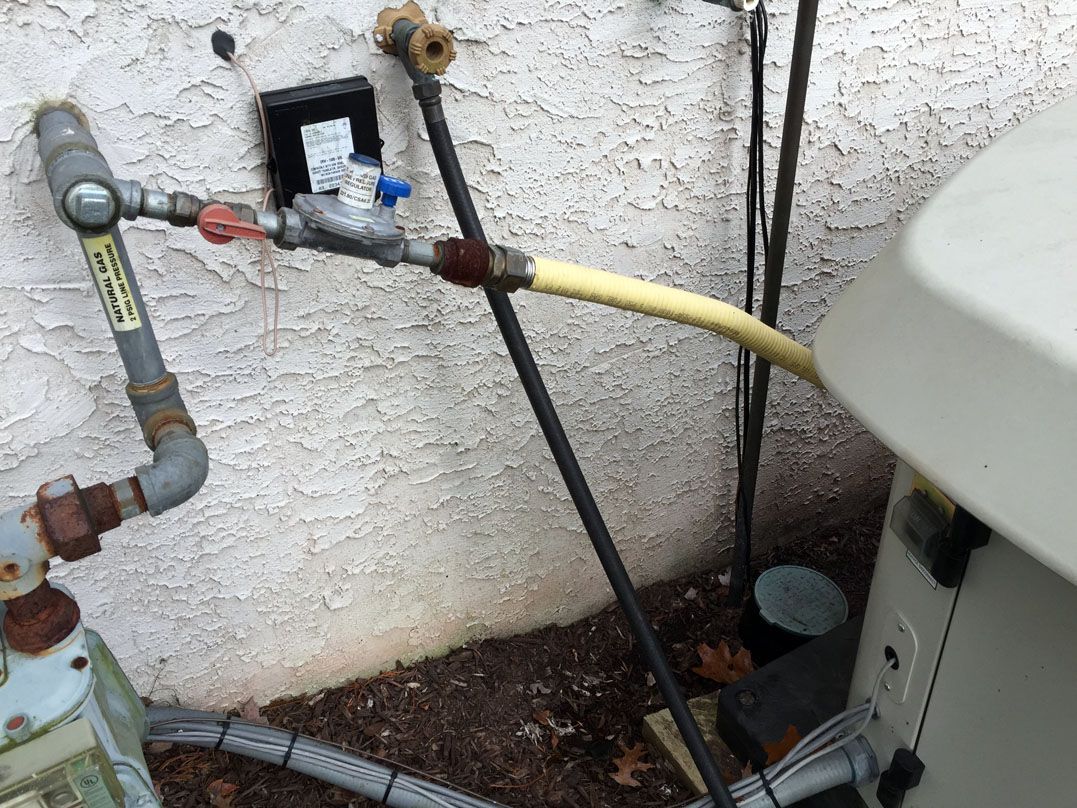
Slide title
Write your caption hereButton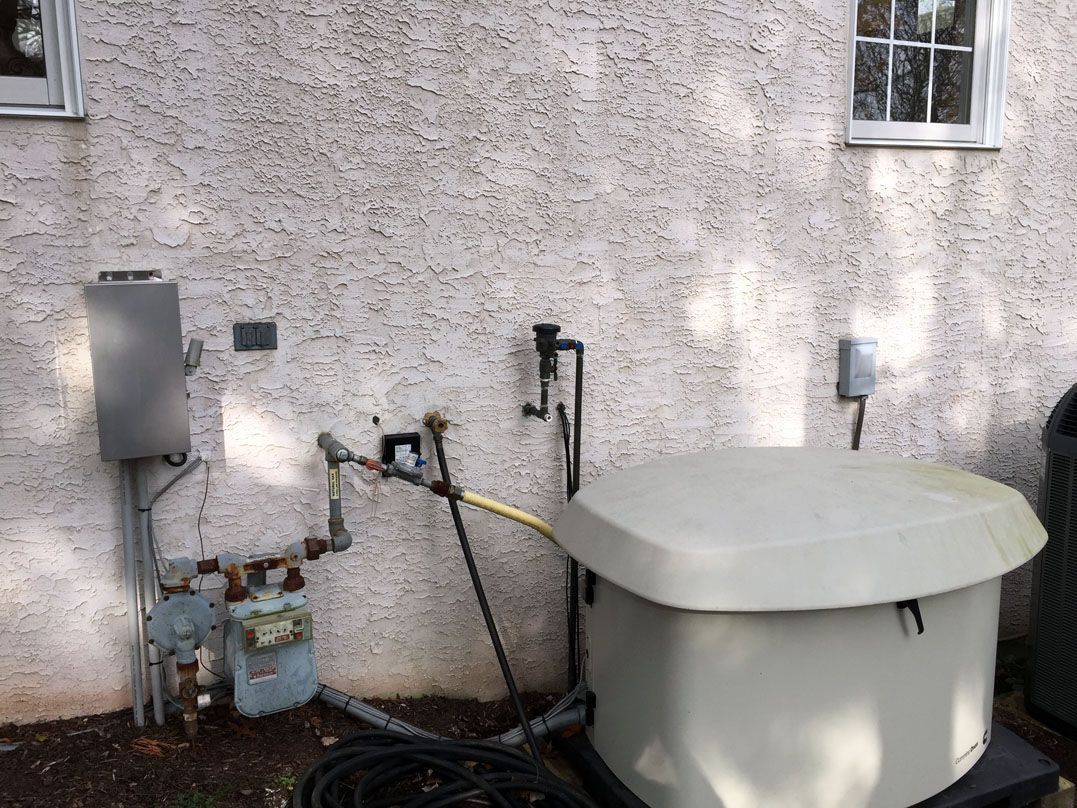
Slide title
Write your caption hereButton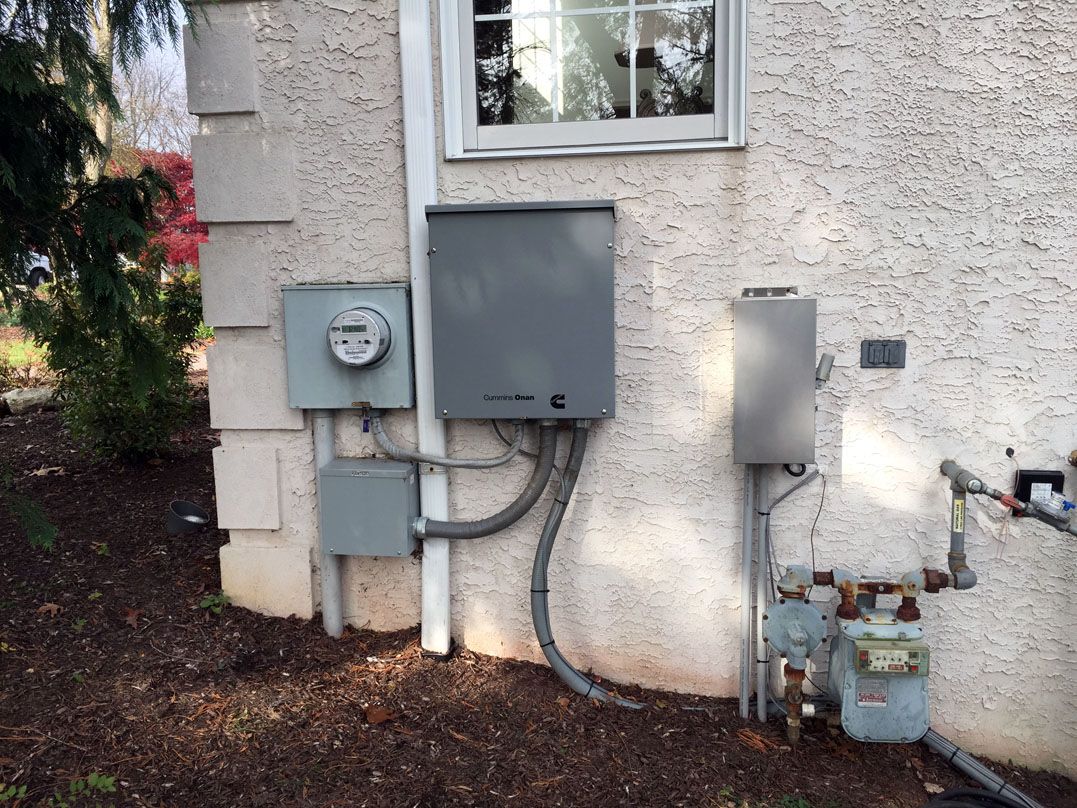
Slide title
Write your caption hereButton
The photo to the right shows a unit that was installed on stone but has since sunk into the mud, causing stress on the mounts and housing.
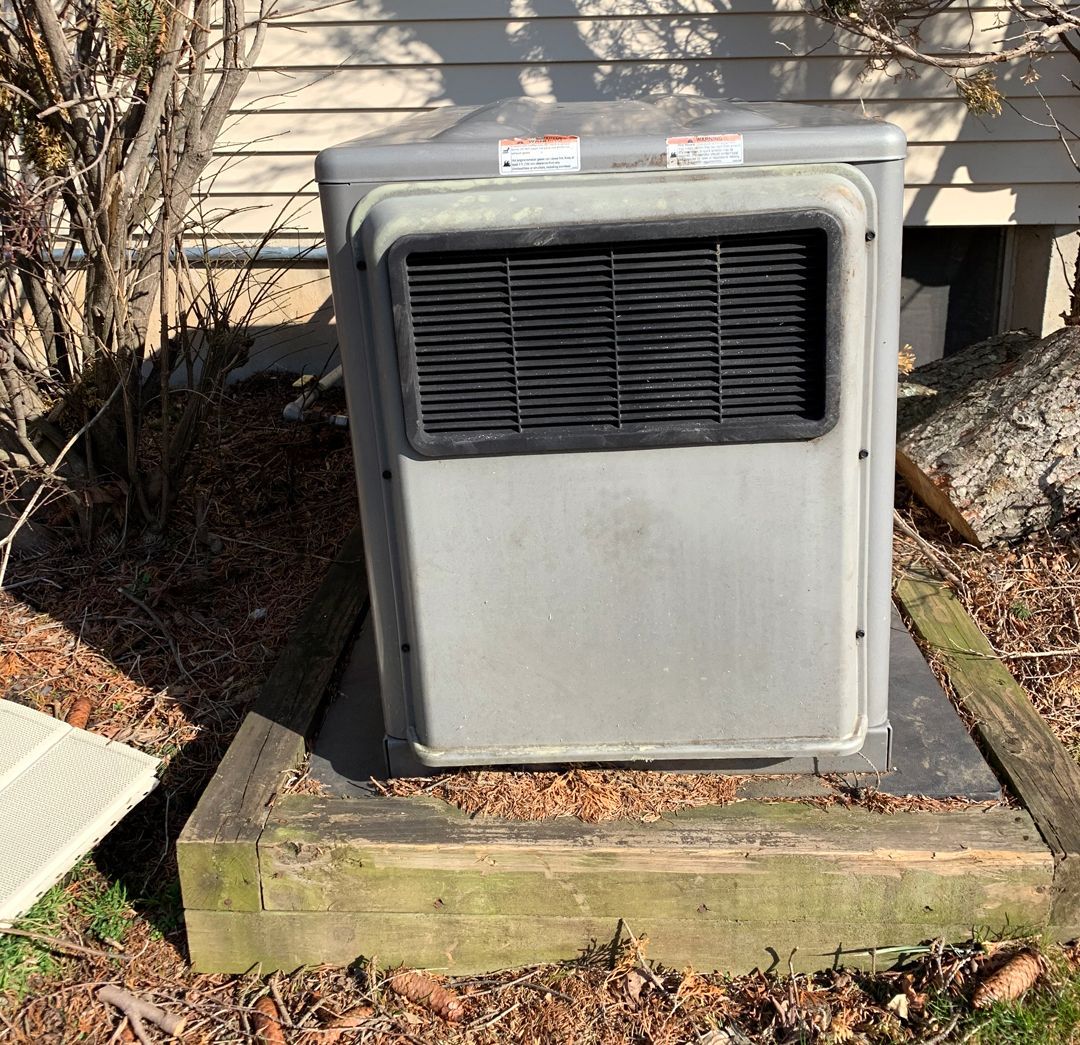
Slide title
Write your caption hereButton
The unit to the right speaks for itself: it is too close to the house and too close to the transfer switch. Additionally, the heater vents were not maintained.
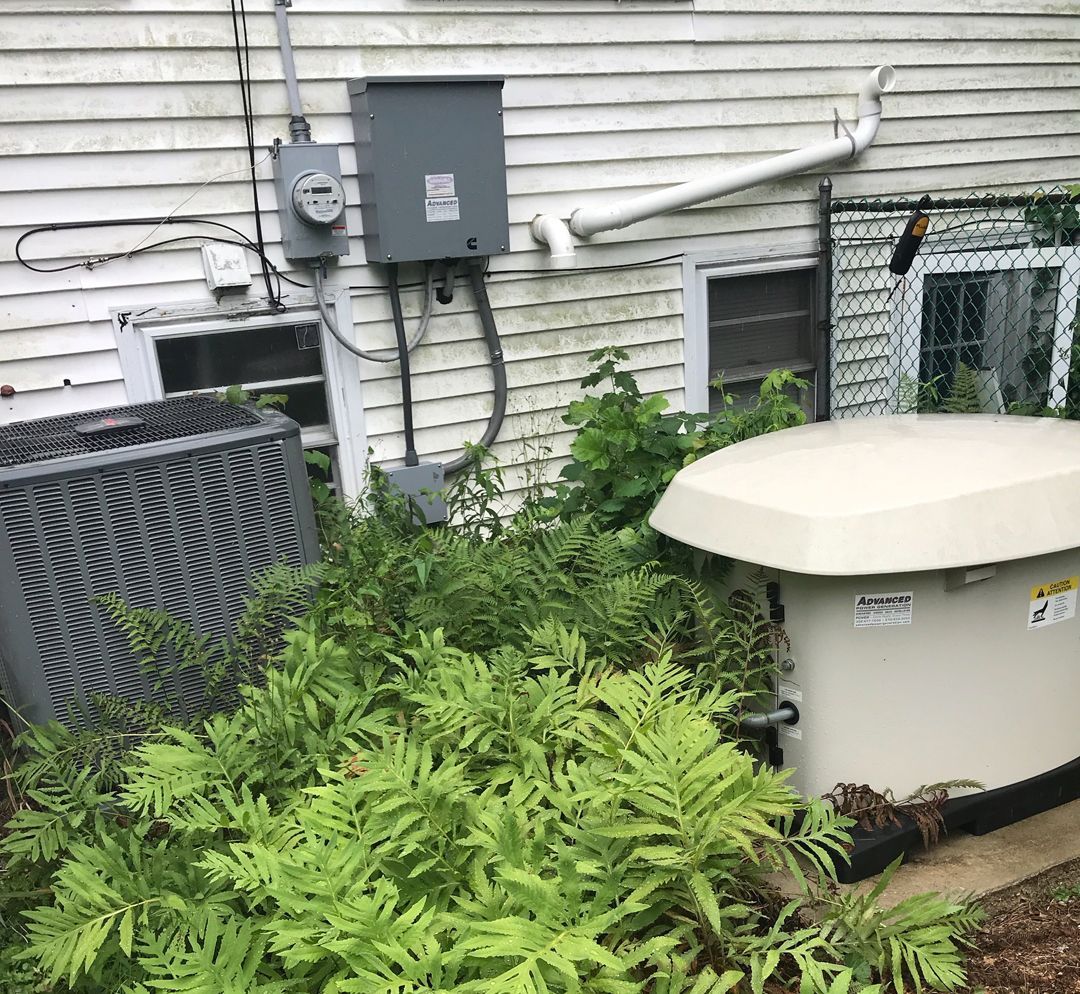
Slide title
Write your caption hereButton
To the right is yet another example of a dangerous installation that fails to meet code. The unit is sitting in mulch, sinking into the mud, and now positioned crookedly. This misalignment is detrimental to the engine, as oil can pool to one side, potentially causing low oil pressure and engine damage. Additionally, it is dangerously close to the house and windows. The propane gas line is improperly installed with no support and using incorrect materials.
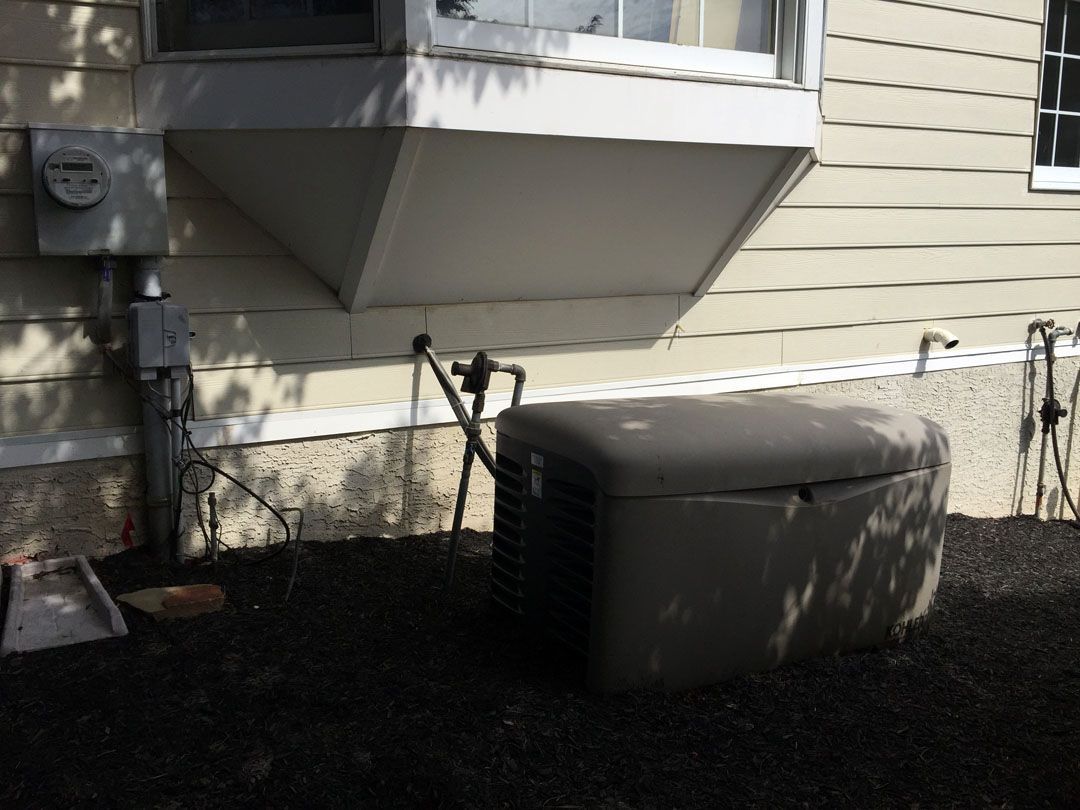
Slide title
Write your caption hereButton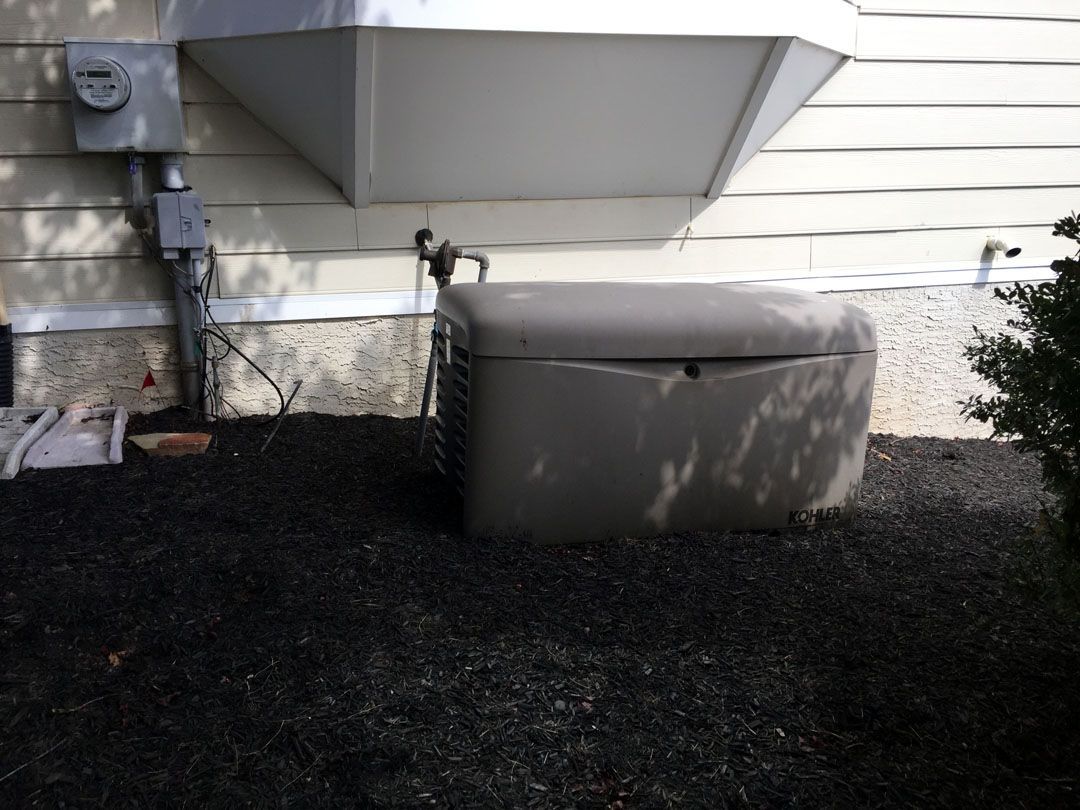
Slide title
Write your caption hereButton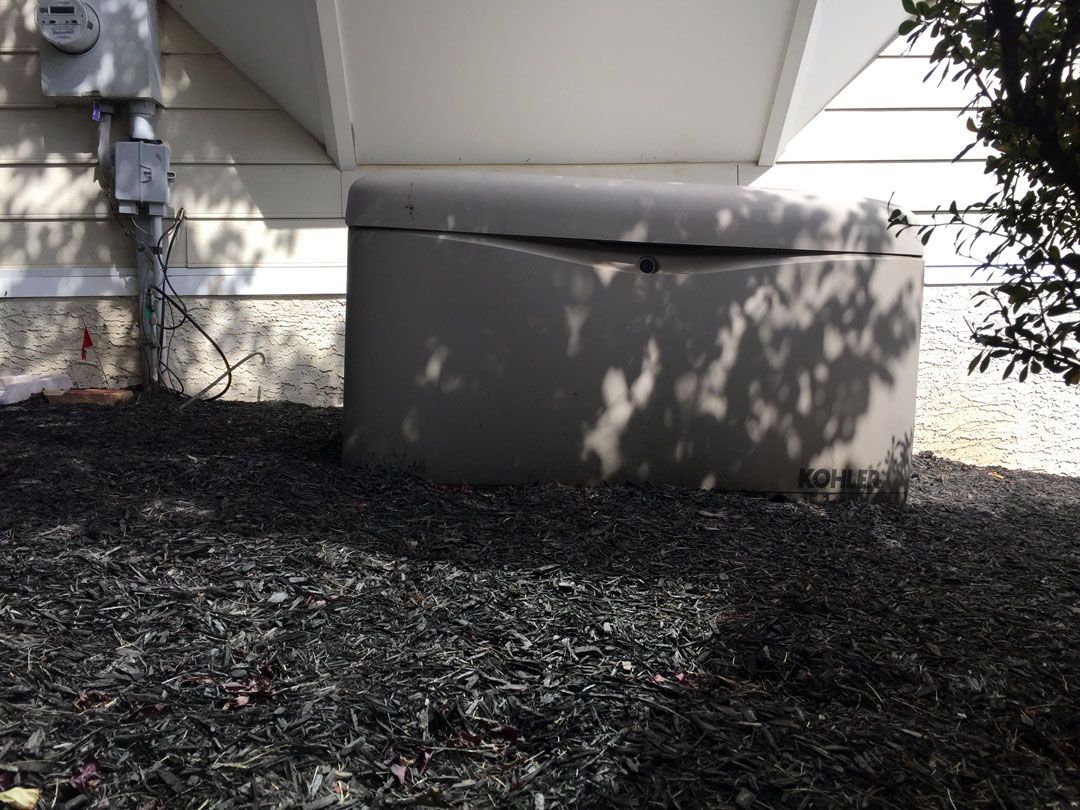
Slide title
Write your caption hereButton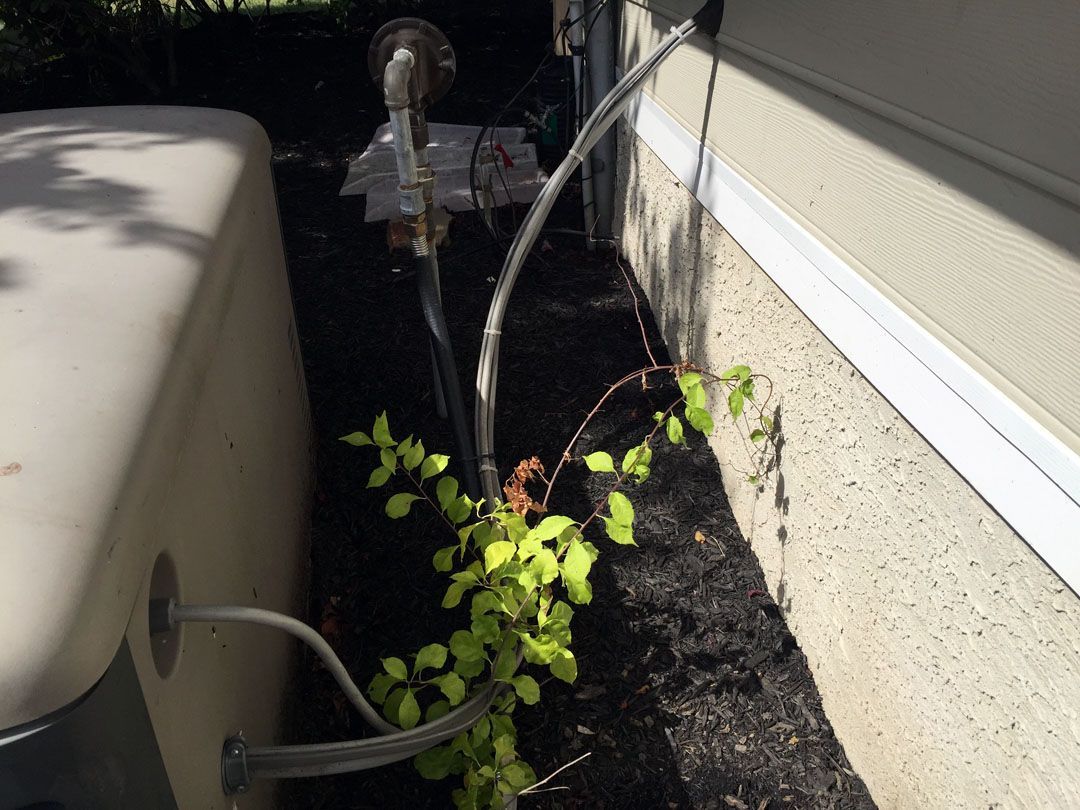
Slide title
Write your caption hereButton
To the right, we show the electrical wiring from the generator to the transfer switch. The first issue is that the connector used is not rated for outdoor use; it is an indoor connector, making it easy for water to enter the electrical portion of the generator. The wiring method and materials are completely incorrect and unsafe. The cable has only three conductors when it should have four. While the wire itself is rated for outdoor use (direct burial), it cannot be used safely in this manner, especially with that connector and only three conductors. This constitutes an extremely unsafe installation.
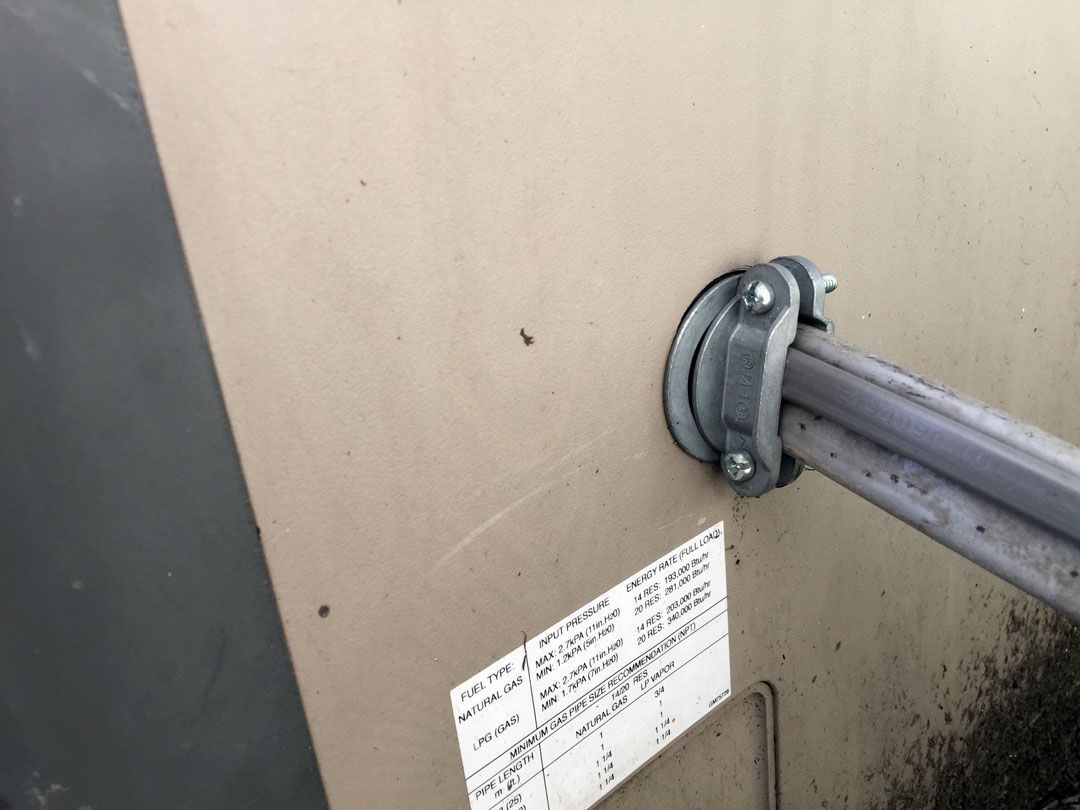
Slide title
Write your caption hereButton
This transfer switch is an indoor switch that has been installed outside. This is unsafe, illegal, and will inevitably fail due to water infiltration.
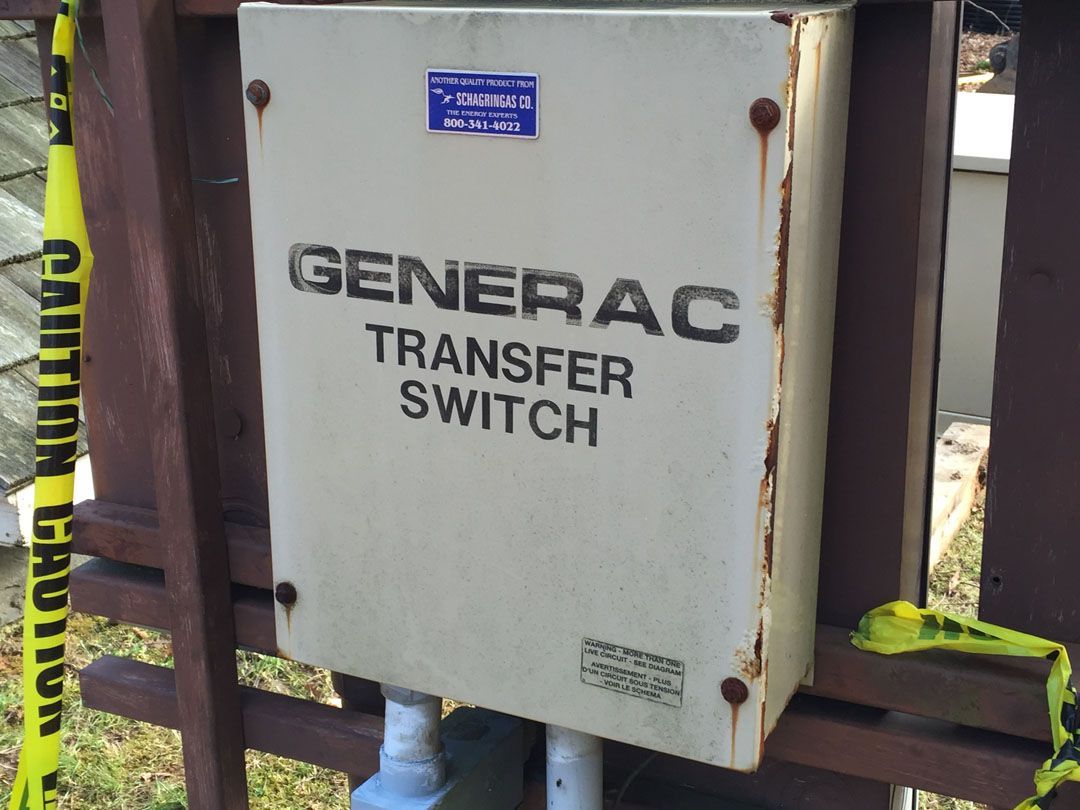
Slide title
Write your caption hereButton
Finally, this unit is sitting in mud without a concrete or suitable foundation. The gas line lacks a drip leg and proper support. The electrical conduit runs in solid PVC instead of flexible conduit as required. Due to the lack of a proper foundation, the conduit is visibly stressed.
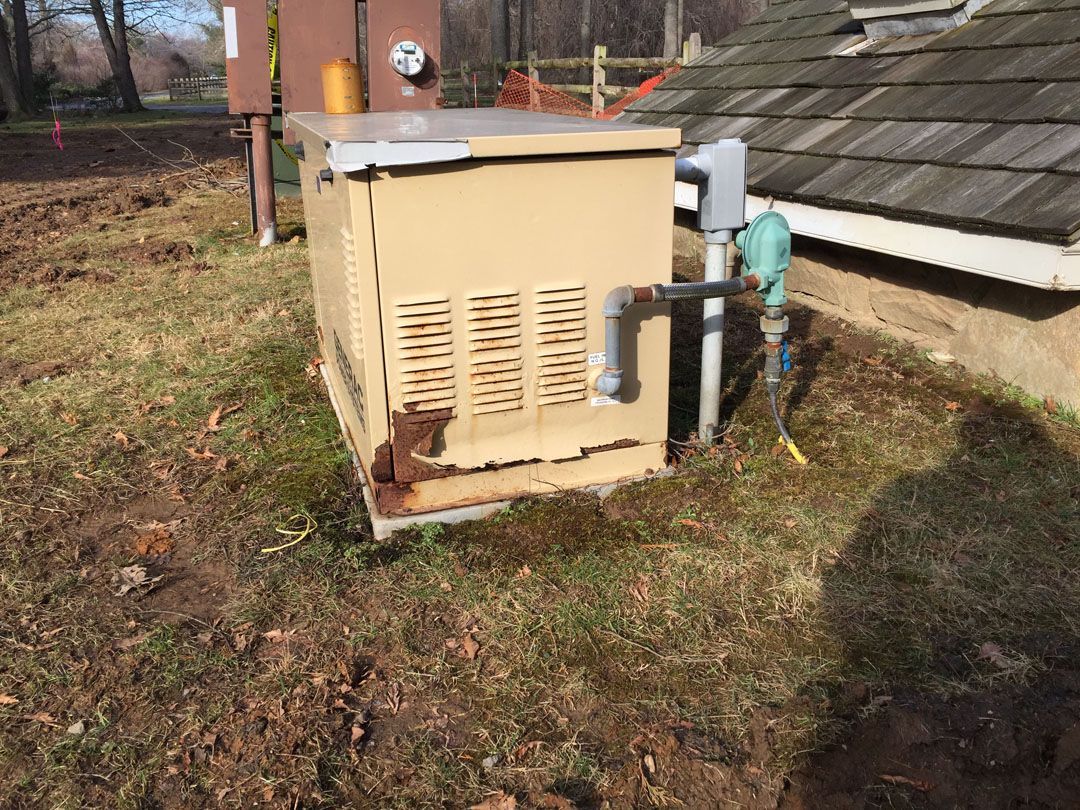
Slide title
Write your caption hereButton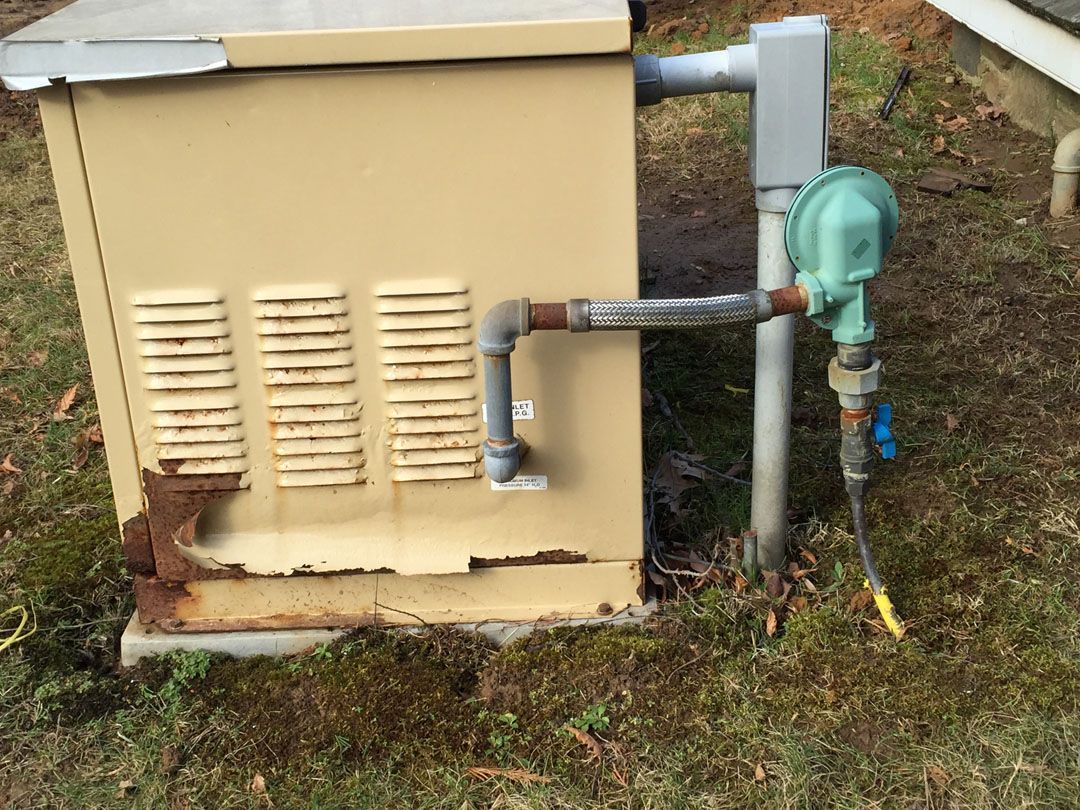
Slide title
Write your caption hereButton
Our installation done right the first time!
These are examples of our installations. They demonstrate a concrete pad with adequate clearance from the house, along with properly installed gas lines featuring a drip leg and UL-listed gas flex.
Here are more examples of our installations, showcasing proper concrete pads with electrical conduits stubbed up through the pad. Everything is properly trench-installed, including the gas lines.

Slide title
Write your caption hereButton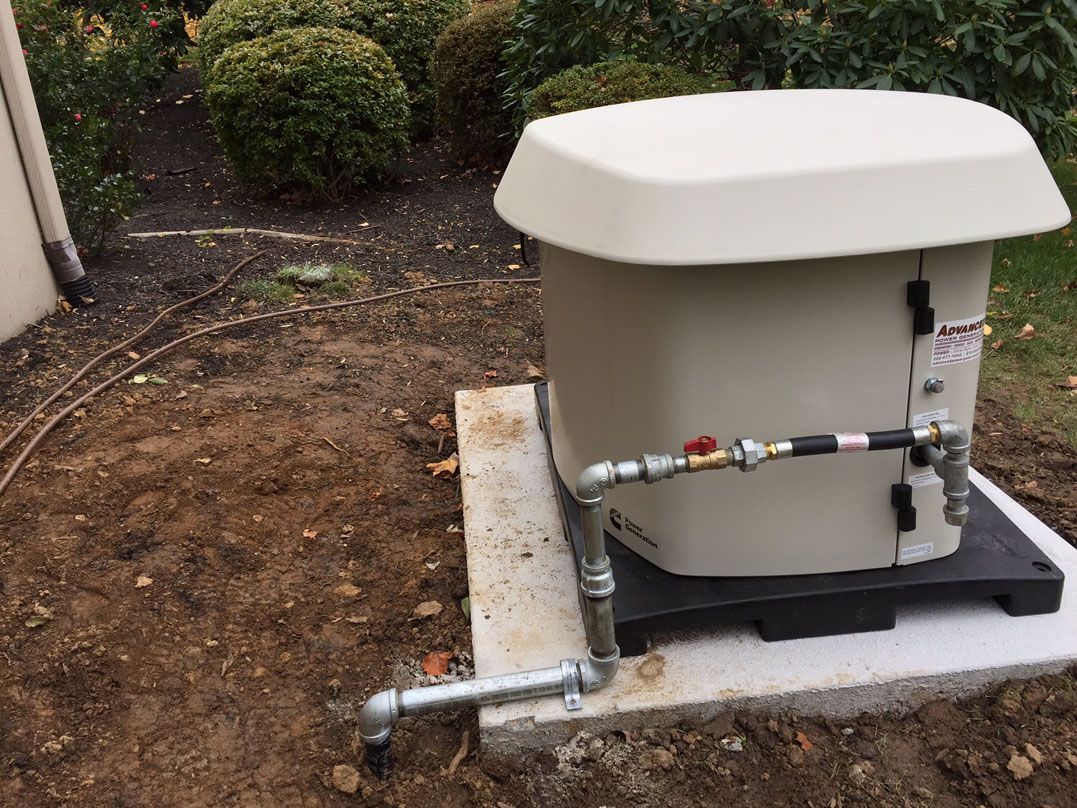
Slide title
Write your caption hereButton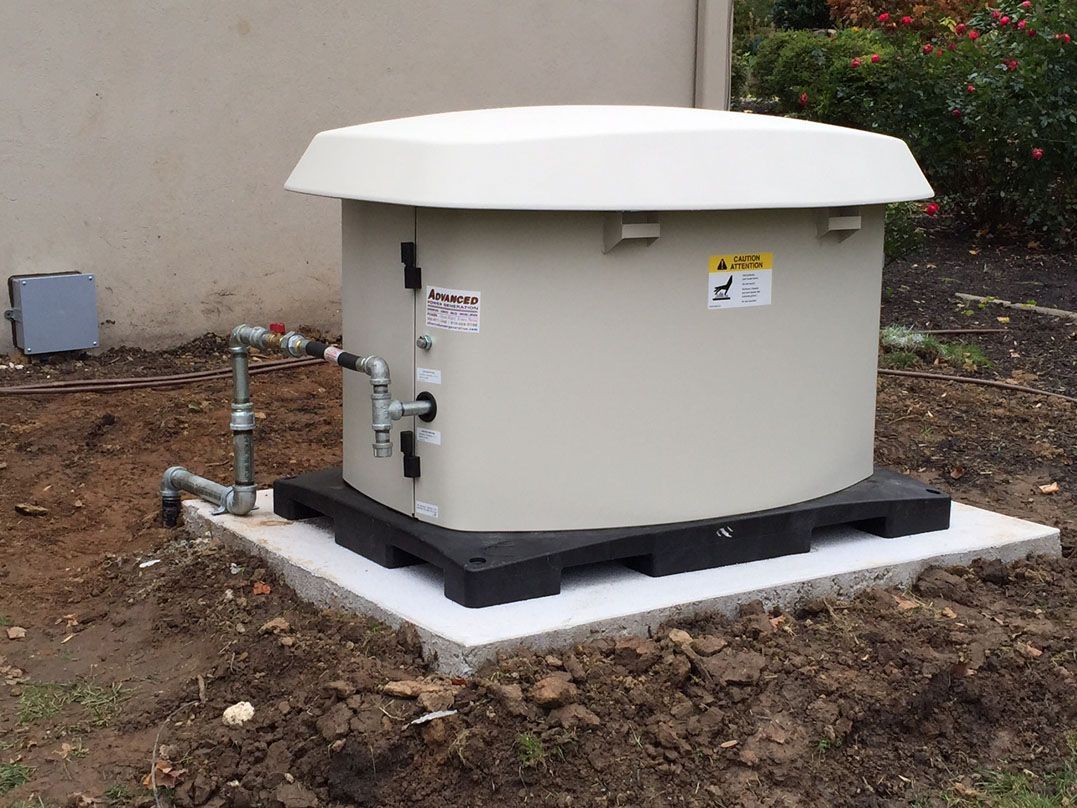
Slide title
Write your caption hereButton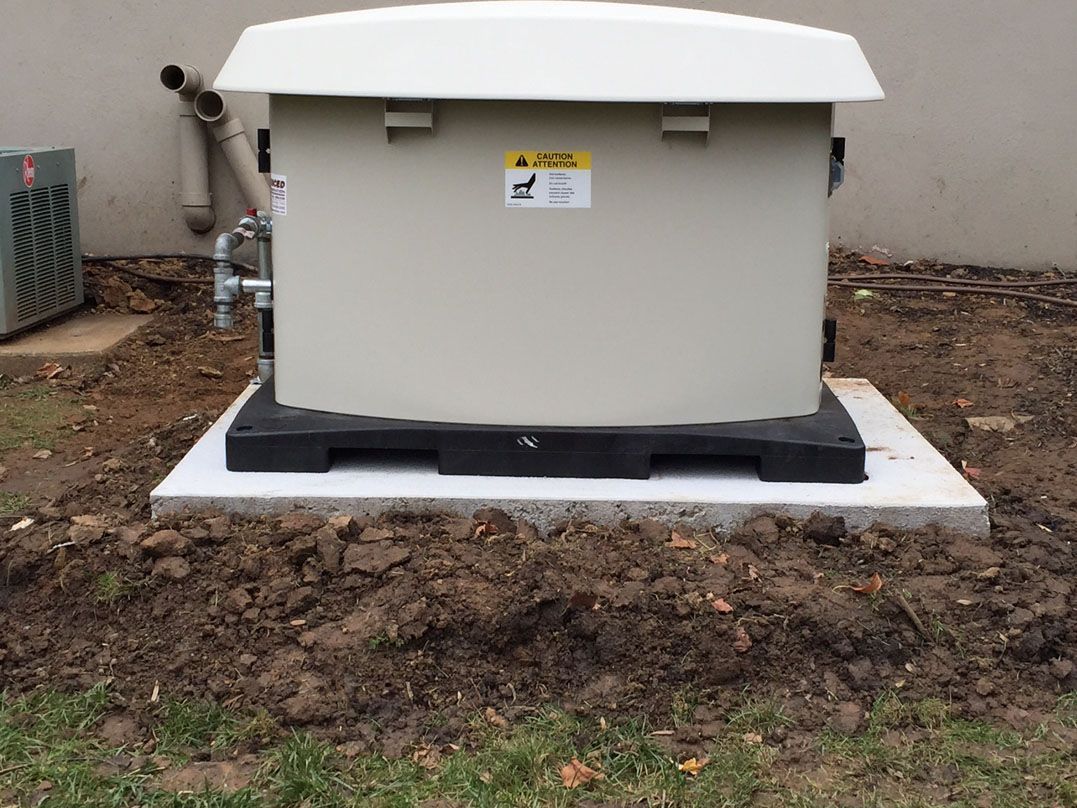
Slide title
Write your caption hereButton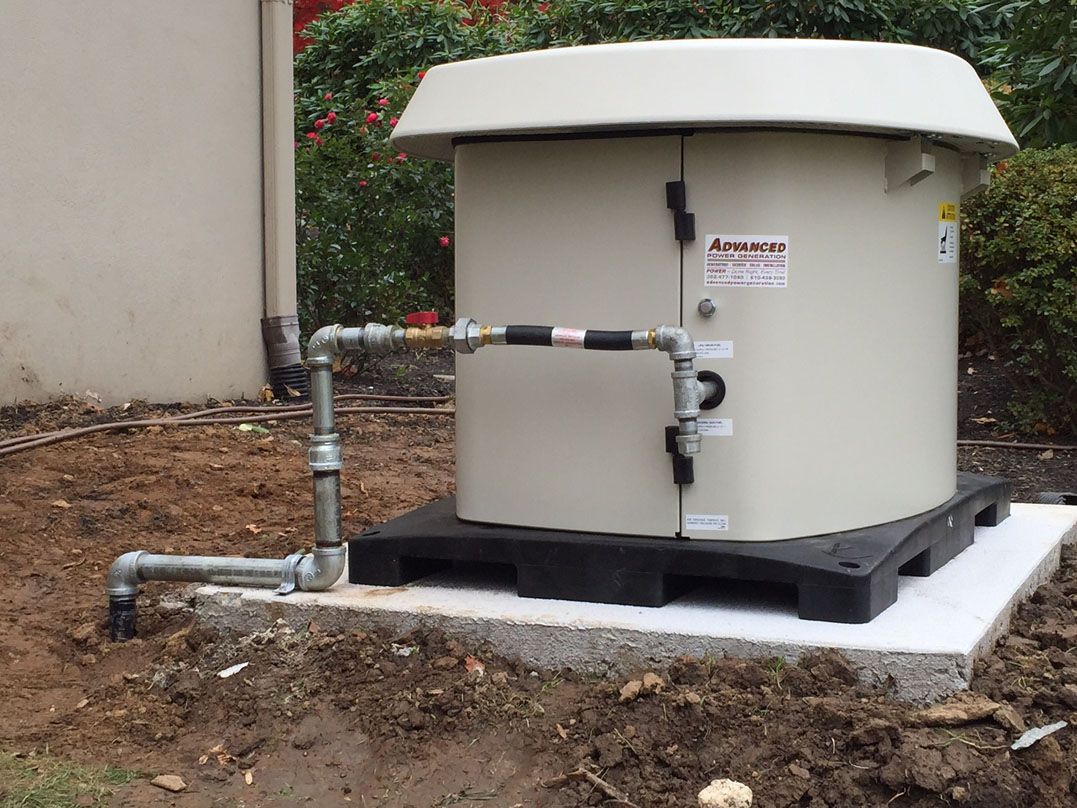
Slide title
Write your caption hereButton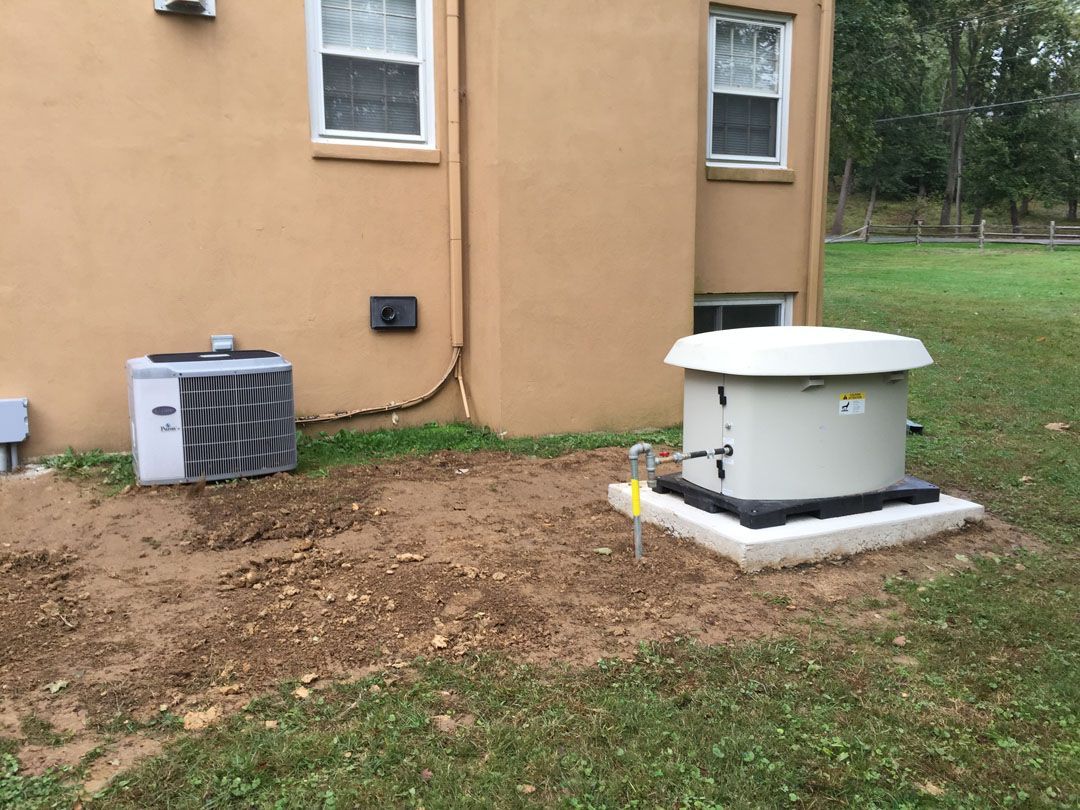
Slide title
Write your caption hereButton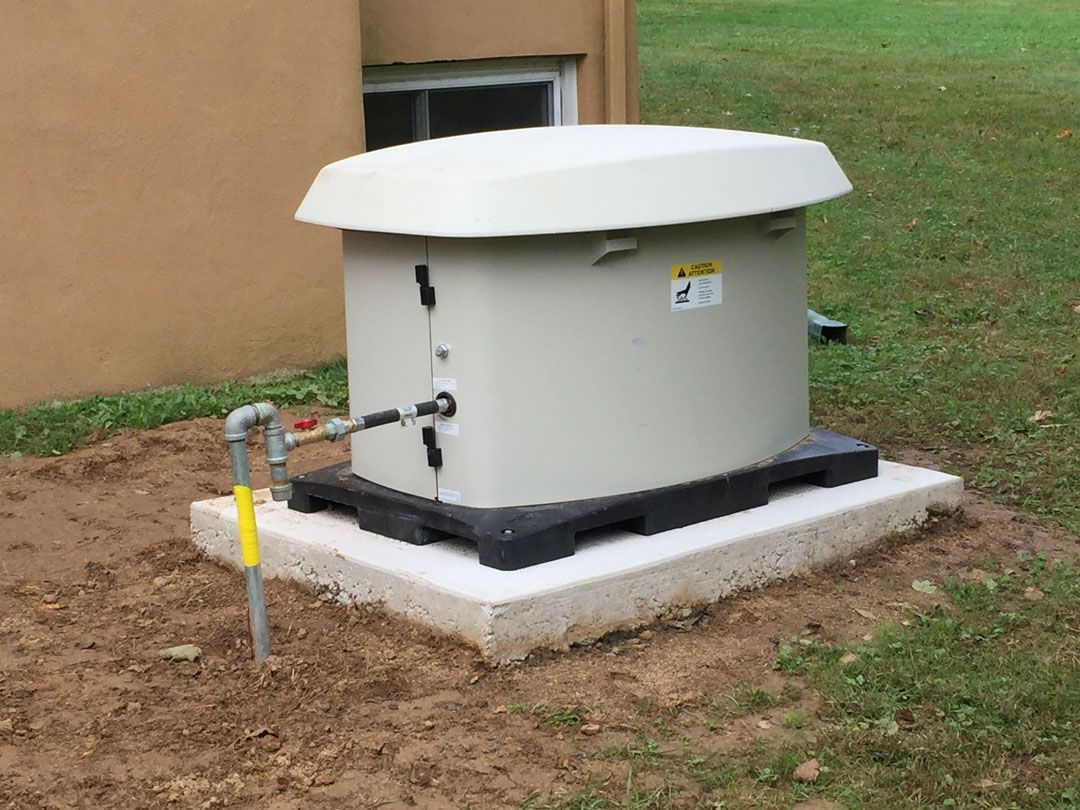
Slide title
Write your caption hereButton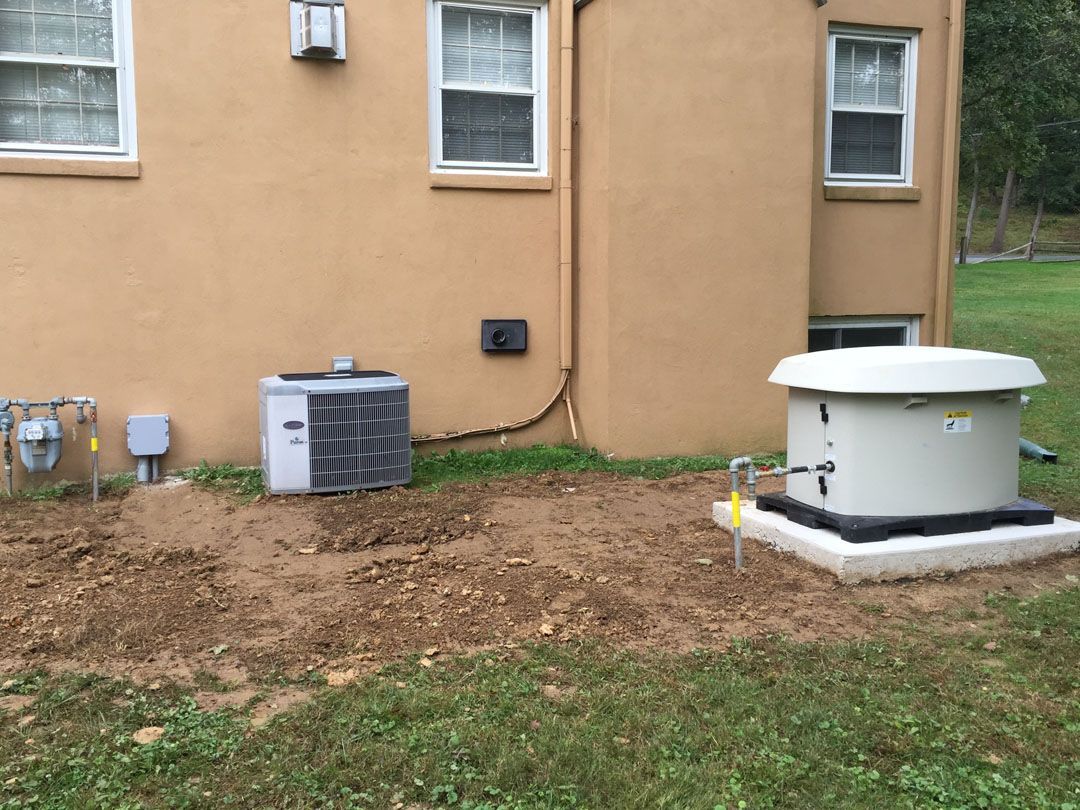
Slide title
Write your caption hereButton
Our Services
Our Products
Quick Links
Contact Us
1012 Meetinghouse Rd,
Upper Chichester Twp, PA 19061
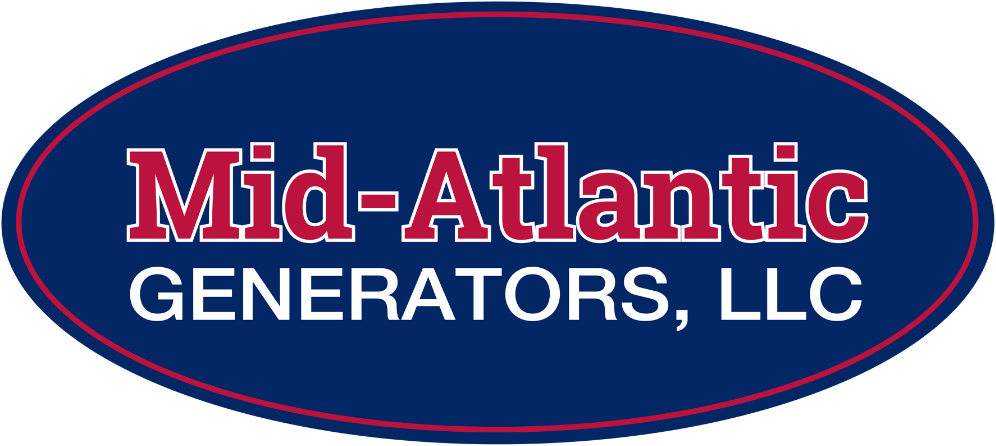
© 2025 All Rights Reserved | Mid-Atlantic Generators, LLC | Powered by River Avenue Digital
